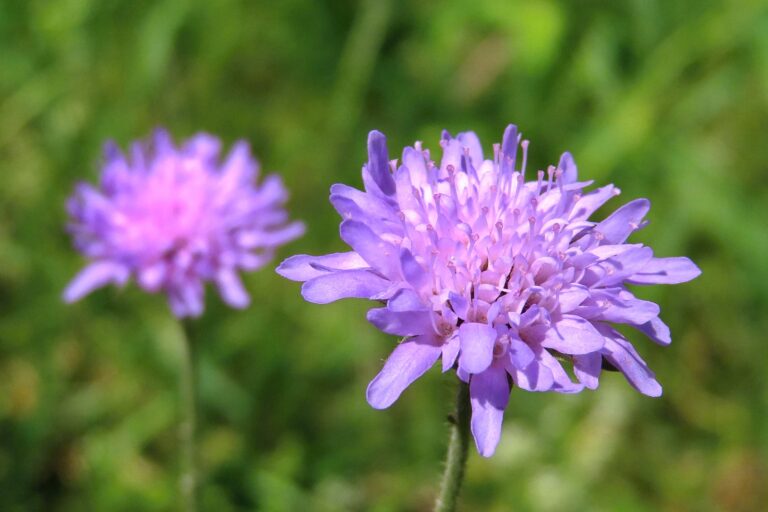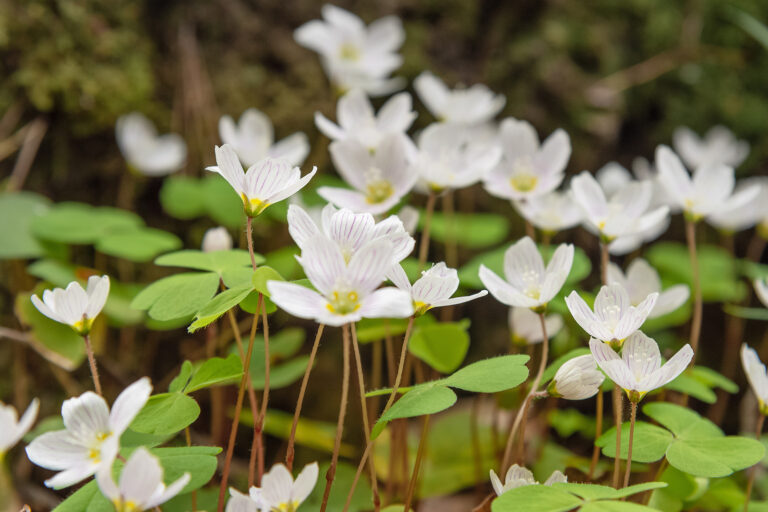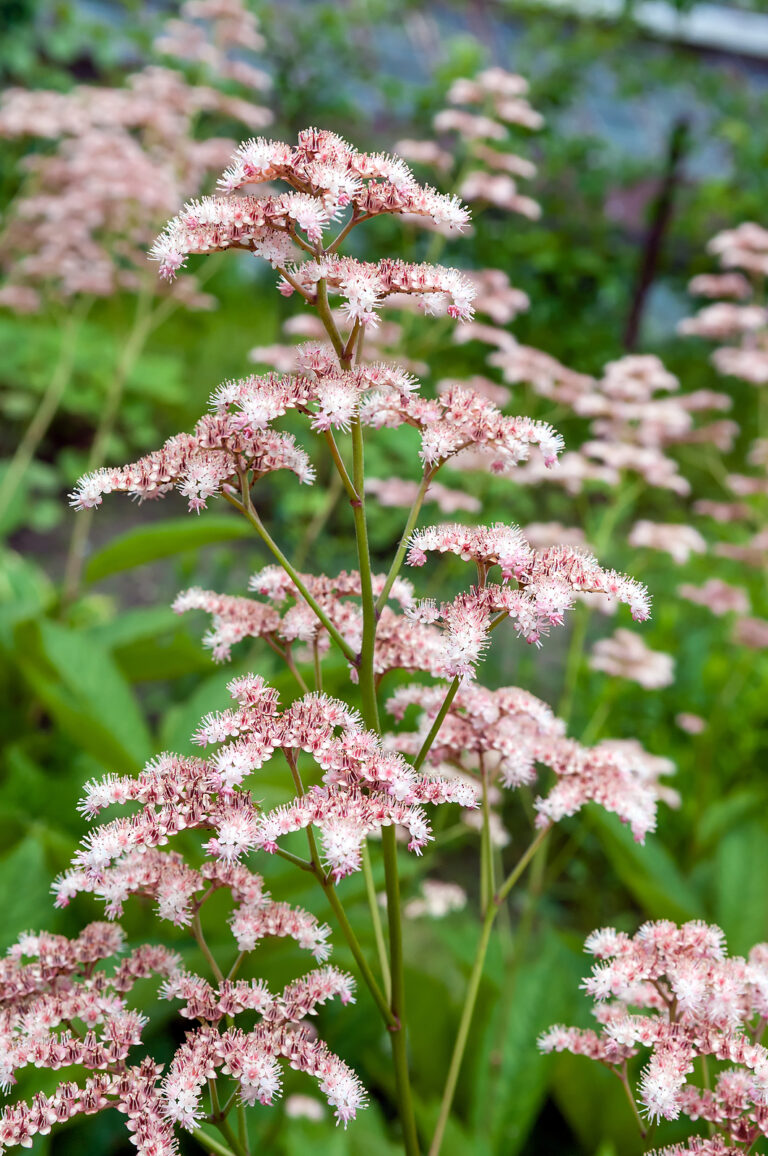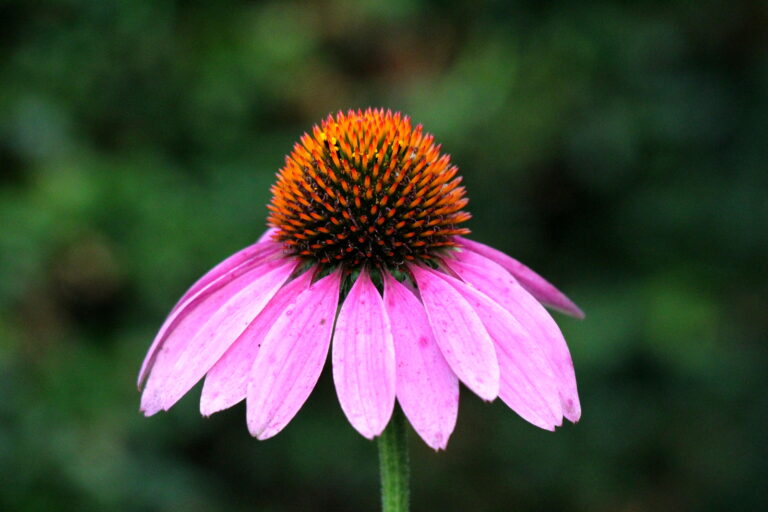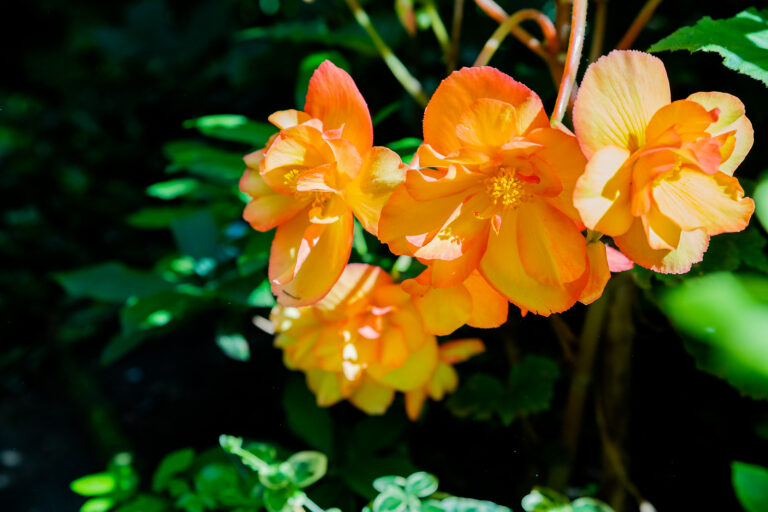How to Grow Columbine — Aquilegia
Columbine–botanical name Aquilegia–has bell-shaped flowers reminiscent of daffodils with the addition of showy spurs. Columbine flowers appear in pastels, deep shades, and white. Foliage is lacy and reminiscent of maidenhair fern.
This is one of the most valuable of hardy perennials for its exquisite, durable, lobed foliage which often turns to rich colors in autumn, and its spurred gracefully hung blossoms produced in early summer.
The sepals as well as the petals are colored, and each of the latter has a downward extension that forms a hollow spur.
There are few spots in the garden to which some form of Aquilegia is not appropriate–the perennial border, the cutting garden, the wild garden, the rockery.
Good Products for Growing Flowers from Amazon:
- Espoma Garden Tone 3-4-4 Fertilizer
- Epsom Salt Plus Plant Nutrients Magriculture
- Tomato Grower’s Answer Book
- Neem Bliss 100-% Cold Pressed Neem Oil
- Safer Brand Insect Killing Soap
Seed sown in spring or early summer will give plants that can be set into their permanent homes in early autumn. The following spring they will bloom abundantly growing generally from 1 to 3 feet (1m) high.
Young plants should be shaded and when they are transplanted (preferably to rich humus to which bone meal has been added) they should be given only partial sun and protection from wind.
Most Aquilegias can also be propagated from root divisions. Divisions made in autumn will be ready for flowering in the spring.

Get to know Columbine — Aquilegia
- Plant type: Perennial; plants live for 3 to 4 years.
- Growing Zones and range: 3-9, varies with species
- Hardiness: Species are hardy to -35°F (-37°C); hybrids are hardy to -20°F (-29°C); plants knocked back by freezing weather and re-emerge in spring; tolerates heat
- Height and width: 2 to 3 feet tall (60-90cm); 1 to 2 feet (30-60cm) wide.
- Foliage: Blue-green leaves; leaflets are obovate or rounded and lobed
- Flowers: Each flower has five-spurred petals surrounded by five petal-like sepals; flowers are ¼ to 4 inches (12-100mm) long
- Flower colors: Single- or bi-colored flowers can be yellow, red, blue, purple, pink, or white
- Bloom time: Late spring to early summer
- Use: Colorful choice for shade and woodland gardens, cottage gardens, and rock gardens; grow front to mid in beds. Columbine attracts hummingbirds.
- Garden companions: geraniums, blue star (Amsonia), and blue phlox
- Common name: Columbine
- Botanical name: Aquilegia
- Family: Ranunculaceae
- Origin: Woodland and mountainous areas in the Northern Hemisphere
Where to plant Columbine — Aquilegia
- Plant Aquilegia in full sun; plant columbine in part shade where temperatures hit 100°F.
- Grow Aquilegia in rich, loose, well-drained soil. Aquilegia will rot in soil that is too wet, especially in winter.
Columbine — Aquilegia uses and companions
- Aquilegia is at home in borders, or a cottage, a meadow, or a woodland garden.
- Good companions for Aquilegia include Campanula, Siberian Iris, Polygonatul, Primula, and Sisyrinchium striatum.
When to plant Columbine — Aquilegia
- Set out Aquilegia seedlings in spring and fall.
- Sow seed outdoors in spring or summer.
- Sow seed indoors in winter after storing seed in the refrigerator for 4-6 weeks.
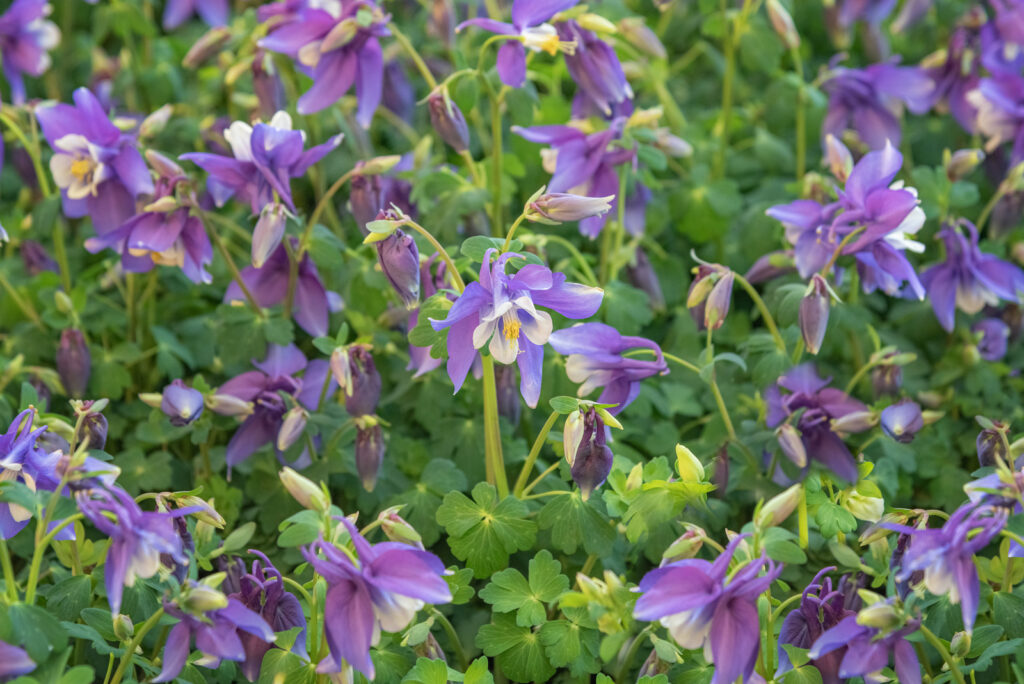
Planting and spacing Columbine — Aquilegia
- Space Aquilegia 1 to 2 feet (30-60cm) apart.
- Sow seed 1/8 inch deep in evenly prepared soil.
How to water and feed Columbine — Aquilegia
- Keep the soil just moist; columbine will survive in dry soil.
- Feed plants every 6 weeks or apply a 9-month, slow-release fertilizer in spring.
Columbine — Aquilegia care
- Plants that become rangy can be cut back by half to generate new growth.
- Mulch around plants in winter to keep soil from splashing on leaves.
- Cut back old stems for the second crop of flowers.
Columbine — Aquilegia pests and diseases
- Aquilegia is susceptible to leaf-miner attack; remove and destroy affected leaves. Also susceptible to crown rot, leaf spot, mosaic, root rot, and rust.
- Aquilegia is rabbit resistant.

Columbine — Aquilegia propagation
- To germinate Aquilegia seed, sow seed in trays or pots then refrigerate at 40°F for 3 to 4 weeks; remove and keep at 65°-70°F; seeds will germinate in 22 to 30 days.
- Aquilegia readily reseeds itself.
- Space different color varieties at least 50 feet apart to prevent new plants from crossbreeding.
- Divide or replace plants every 3 or 4 years.
Columbine — Aquilegia varieties to grow
- Biedermeier Group hybrids to 1½ feet.
- McKana Giant hybrids grow to 2½ feet tall.
- Music hybrids grow to 1½ feet tall.
- Aquilegia caerulea: Rocky Mountain columbine grows to 2½ feet tall with up-facing blue-and-white flowers.
- A. canadensis: native to eastern and central North America has red-and-yellow flowers.
- A. chrysantha. golden columbine: Showiest species with upright clear yellow flowers; the plant grows to 5 feet tall.
- A. flabellata: Japanese fan columbine to 1½ feet tall.
Columbine frequently asked questions
Q: What growing conditions does columbine prefer?
A: Columbine is easy to grow, adapting to almost any reasonably fertile garden soil that is well-drained. Columbine does well in full sun, but partial shade is best in hot summer regions.
Q: What’s a good way to use columbine in the garden?
A: Columbine will bloom over a long period. You can use them in beds and borders. An entire garden could be composed of columbine blossoms. The flowering season can be extended by removing all of the spent blossoms before plants go to seed.
Q: How should I divide columbines?
A: Dig up columbine clumps, shake off the soil, and gently pull the plant apart. Take care to keep the roots from being broken.
Q: Can I start columbine from seed?
A: Start columbine seeds indoors six to eight weeks before the last frost. The stored seed must be stratified in order to germinate well. Sow seeds in flats of moistened medium, pressing them gently into the soil. Cover with plastic and refrigerate for two weeks then place them in a sunny place to germinate. Harden off seedlings before setting them outdoors after the last frost.


